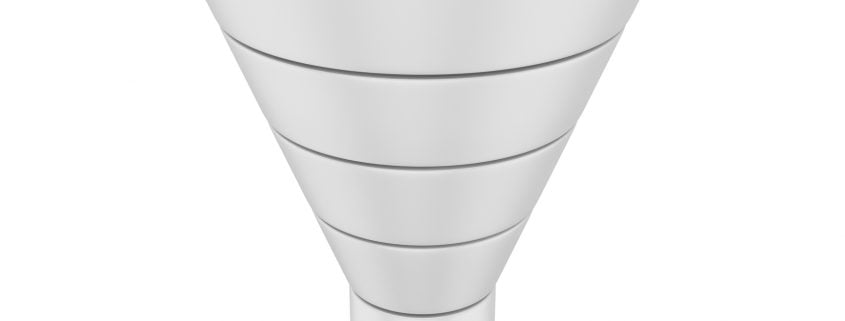Conversion Rate Optimization 101
It’s great to have plenty of visitors to your site or landing page, but the true measurement of your online marketing success is how many of these people you actually convert. If prospects don’t linger, read your content, or provide contact information, you’re not driving sales.
To make the most of your efforts, you need a basic understanding of conversion rate optimization and how to make it work for you.
Set Up Your Baseline Measurement Point
To measure anything, you need to designate a starting point so you can determine performance. For conversion rate optimization, you want to know how many people are visiting your page; establish whether you’re going to baseline measure Total Visitors or Total Unique Visitors. Whichever group you choose will depend on your specific needs, but it’s essential that you be consistent in using the same measurement as your baseline.
In addition, set a time period that you’ll take measurements–again, consistency is key. You might start measuring visits on a weekly basis or daily basis, depending on your existing traffic.
Identify Clogs in Your Conversion Funnel
There are a number of reasons you’re not engaging visitors, so check these elements to maximize conversion rates:
Clarity–You need to be clear and concise in letting visitors know why they should stay on your page, starting with your page title. Set expectations in the title and make sure you live up to them in the remaining page content.
Call to Action–The CTA must strictly conform to three basic rules:
- Color. Set your CTA apart from the rest of the page by using a distinctive color that complements the remaining color palette. A bold color that draws the eye will get the attention of leads.
- Placement. Make sure to keep the CTA above the fold, so that visitors don’t need to scroll down to find it. You want to avoid making them “work” for it.
- Button. Instead of inserting your CTA as a hyperlink within the text, use a button instructing visitors what you want them to do–i.e., “Click Here for More Information” or “Create an Account.”
Navigation–Make sure your page is simple and easy to navigate. Steer clear of frames and don’t overuse graphics that can clutter things up. Make all form fields navigable by using the Tab key.
Security and Privacy–Leads won’t fill out forms and provide valuable contact information unless they know their details will be kept private; they also want to know your site–and therefore, their information–is secure. Include language letting them know your basic security and privacy policies to give them peace of mind.
Beyond the Basics
These general guidelines will help you get started with conversion rate optimization, but perhaps the most important is testing results. Every company and page has its own unique objectives, and you only learn more about what works by putting it out there and getting a picture of how visitors respond. As you identify more barriers creating logjams in your sales funnel, you can continue to fine tune and maximize conversion rates.


